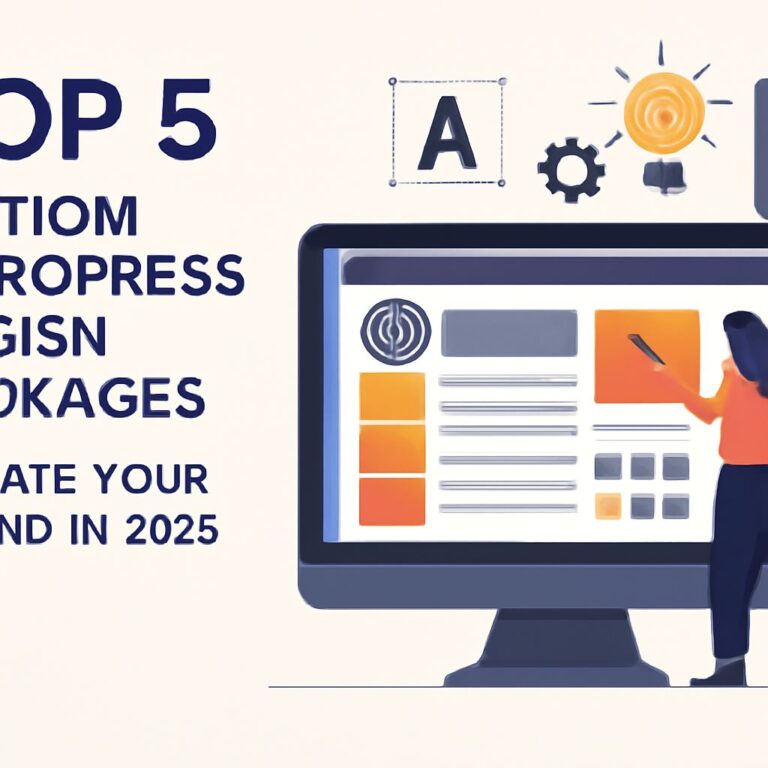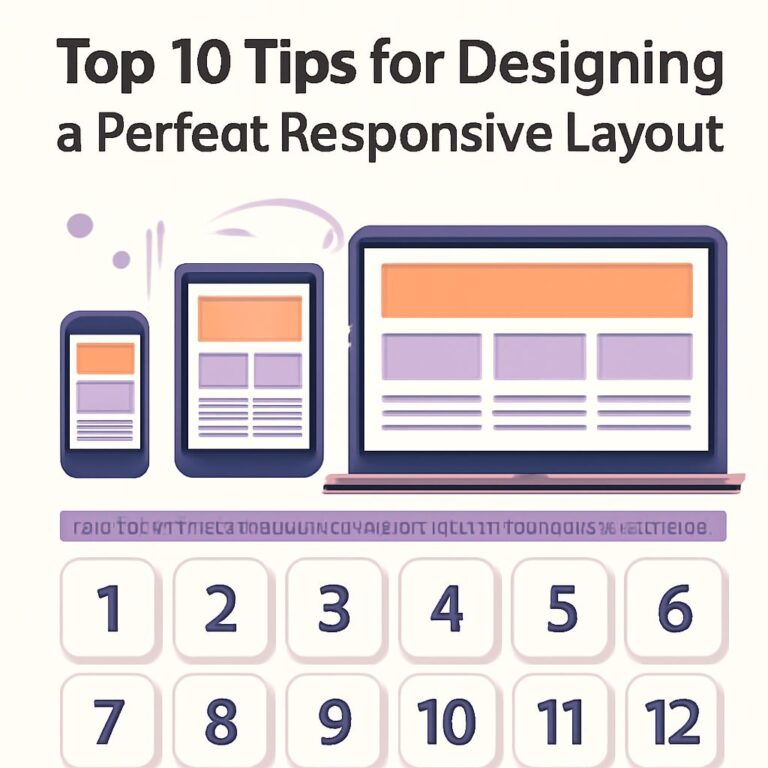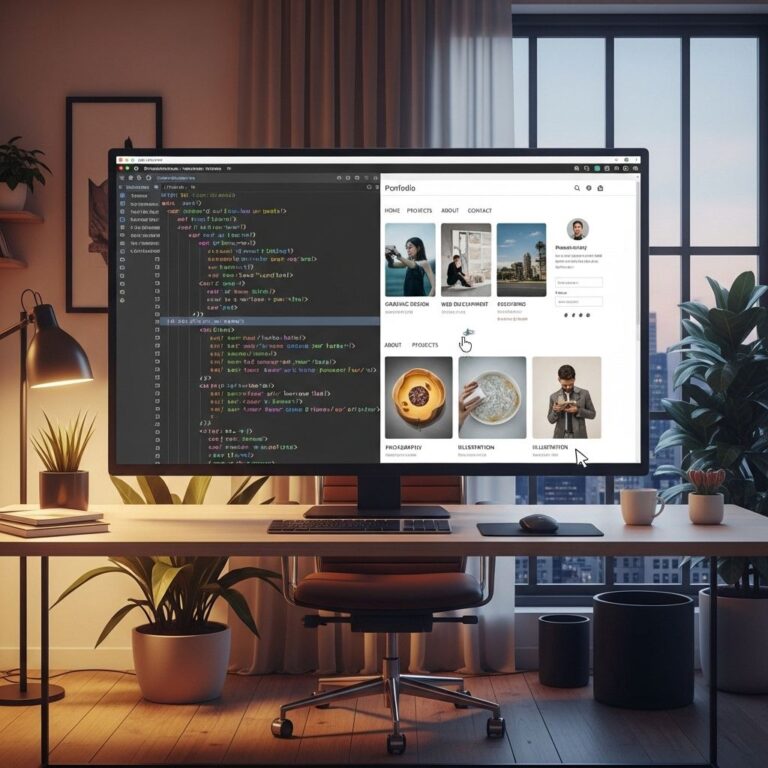In the ever-evolving world of web design, minimalism stands out as a powerful trend that prioritizes functionality and aesthetics. By stripping away the unnecessary, minimal design not only enhances usability but also facilitates a more immersive experience for users. Whether you’re a budding designer or an experienced professional, exploring minimal website designs can provide invaluable insights and inspiration for your next project. This article delves into ten remarkable examples of minimal website designs, highlighting their unique elements and the principles that make them effective.
Table of Contents
Understanding Minimal Web Design
Before we dive into specific examples, it’s essential to understand what minimal web design entails. Minimalism in web design embraces simplicity and clarity, often characterized by:
- Clean layouts: Emphasis on whitespace to create breathing room.
- Limited color palettes: Utilizing a few colors, usually muted tones, to convey messages effectively.
- Simple typography: Clear and readable fonts that enhance the content without overpowering it.
- Focus on content: Ensuring that the message is at the forefront, often using visuals that support rather than detract from it.
1. Aesop
Aesop, the luxury skincare brand, has a website that reflects its commitment to quality through minimal design. The use of high-quality images and a neutral color palette creates a sophisticated atmosphere.
Key Features:
- Large, impactful images that tell a story.
- A simple navigation bar for easy access to products.
- Whitespace used effectively to highlight products.
2. Dropbox
Dropbox utilizes minimal design to ensure a user-friendly experience. Their website focuses on functionality, with a clean interface that guides users directly to the service’s essential features.
Key Features:
- Clear calls-to-action that stand out.
- Simple icons that symbolize features clearly.
- Minimal text that communicates value without overwhelming the viewer.
3. Squarespace
Squarespace showcases its design capabilities through its own website. The platform emphasizes simplicity, allowing users to appreciate the beauty of clean designs that can be achieved using their services.
Key Features:
- Consistent use of font styles and sizes.
- Stunning visuals that emphasize design possibilities.
- Interactive elements that remain unobtrusive.
4. Everlane
Everlane’s website exemplifies transparency and simplicity. Their focus on ethical production is enhanced by a straightforward design that allows users to navigate easily and find information quickly.
Key Features:
- Use of large images to showcase products.
- Minimal yet informative product descriptions.
- A streamlined checkout process that reduces friction.
5. Google
Google’s homepage is perhaps the most recognized example of minimalism. The search engine’s design focuses solely on functionality, allowing users to perform searches with ease.
Key Features:
- Uncluttered interface with a single search bar.
- Minimal distractions that keep the user focused.
- Fast loading times due to the simplistic design.
6. Apple
Apple’s website is a prime example of how minimal design can be used to elevate luxury branding. The site highlights products in a way that emphasizes their sleek design and innovative features.
Key Features:
- High-resolution product images that captivate users.
- Whitespace applied strategically to guide the eye.
- Easy navigation that prioritizes user experience.
7. Medium
The online publishing platform Medium employs minimalism to enhance readability, ensuring that the content is the star of the show. The design encourages users to dive into articles without distractions.
Key Features:
- Simple typography that prioritizes legibility.
- Ample whitespace around text to improve focus.
- Content-focused layout that promotes engagement.
8. Tilde
Tilde’s website is an excellent example of minimal design tailored for creative professionals. The design showcases the portfolio in a straightforward manner while maintaining an artistic flair.
Key Features:
- Bold visuals that capture attention.
- Simple navigation that allows users to explore easily.
- Interactive elements that enhance user experience.
9. Shopify
Shopify’s website embodies minimalism with an emphasis on e-commerce. The design supports small businesses by providing an easy-to-navigate platform that doesn’t overwhelm users.
Key Features:
- Clear categorization of products and services.
- Engaging visuals combined with informative text.
- Streamlined processes that facilitate transactions.
10. Basecamp
Basecamp’s website uses minimal design to focus on its project management software’s benefits. The layout is straightforward, making it easy for users to understand the product’s features.
Key Features:
- Simple, descriptive headlines that convey information quickly.
- Effective use of icons to represent features.
- Clean design that fosters a calm atmosphere.
Conclusion
Minimal website design proves that less can indeed be more. With its focus on usability, aesthetics, and content, minimalism allows designers to create experiences that are both functional and engaging. The ten examples highlighted here offer a glimpse into the potential of minimal design, showcasing how it can be applied across various industries and objectives. As you embark on your own design projects, consider the principles of minimalism to enhance user experience and convey your message effectively.
FAQ
What is minimal website design?
Minimal website design focuses on simplicity, using fewer elements to create a clean and uncluttered user experience.
Why should I consider minimal design for my website?
Minimal design enhances readability, improves loading speed, and allows users to focus on the essential content without distractions.
Can minimalism be applied to all types of websites?
Yes, minimalism can be adapted to various website types, including portfolios, e-commerce, blogs, and corporate sites, to enhance user engagement.
What are some key elements of minimal website design?
Key elements include ample white space, limited color palettes, clear typography, and a focus on essential functionality.
How can I achieve a minimal website design?
To achieve a minimal design, prioritize content, reduce unnecessary elements, and utilize a straightforward layout with intuitive navigation.
Are there any tools to help create a minimal website design?
Yes, tools like Webflow, Squarespace, and WordPress offer templates and features that facilitate the creation of minimalistic websites.









